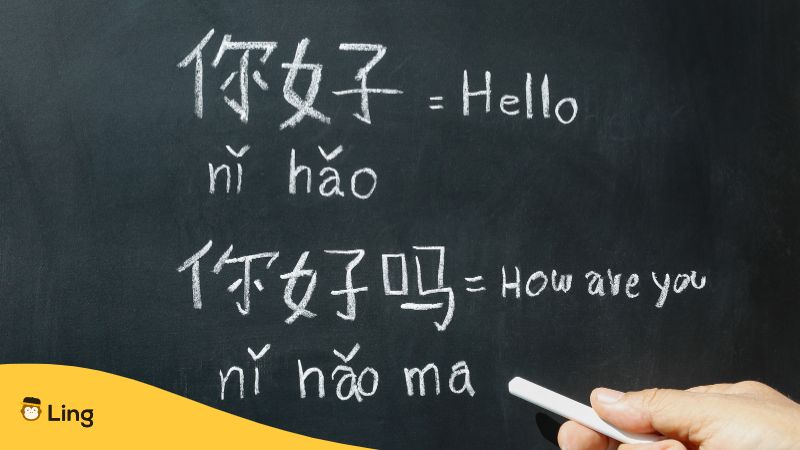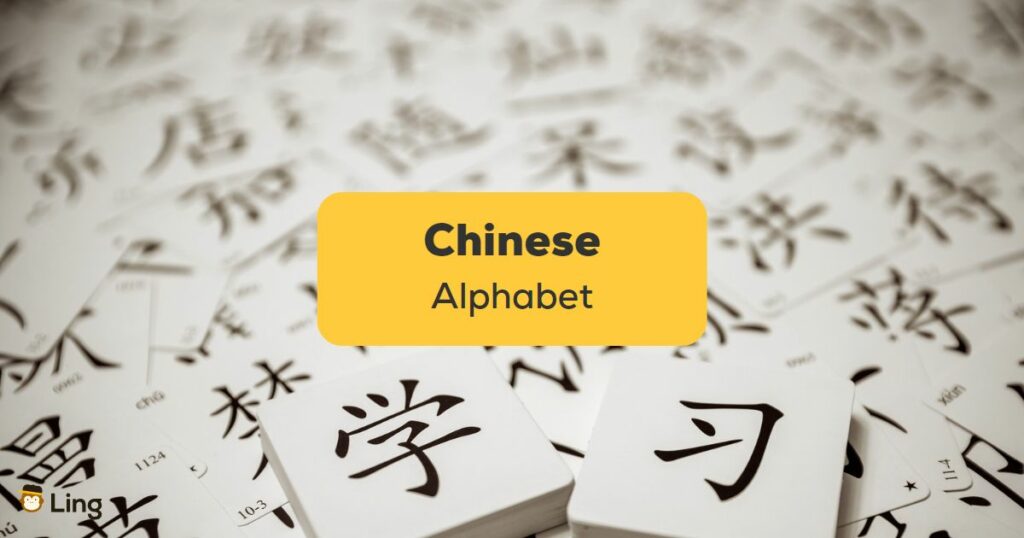Are you thinking about learning the most fascinating language, Chinese? Normally, the first thing you do when you’re learning a new language is to learn the alphabet. However, there is no such thing as a Chinese alphabet!
That’s right, unlike English or many other languages, Chinese doesn’t use an alphabet to represent its sounds. Instead, it uses characters that represent meanings. So why is this important to know before starting to learn Chinese? Understanding the basics of the Chinese writing system can help you make sense of the language’s structure and improve your speaking and listening skills.
In this article, you’ll explore the unique features of Chinese characters and how they relate to the Chinese language as a whole. So, let’s dive in and learn all about Chinese characters in detail!
Page Contents:
- Is There Actually A Chinese Alphabet?
- Things You Need To Know About Chinese Characters
- How Chinese Characters Form A Word?
- How Many Chinese Characters Should You Know?
- Where To Start Learning Chinese?
- Start Learning Chinese With Ling!
Is There Actually A Chinese Alphabet?
Contrary to popular belief, there’s no such thing as a Chinese alphabet. While many languages around the world use an alphabet made up of letters to represent sounds, the Chinese language uses characters instead of letters.
These Chinese characters are symbols that represent meanings rather than individual sounds. Chinese characters are incredibly complex and can be difficult to learn, but they’re also fascinating and offer a window into the rich history and culture of China. There’s no Chinese alphabet, but there is a unique writing system.

Things You Need To Know About Chinese Characters
Understanding the key points about Chinese characters can help you gain a deeper appreciation for the Chinese language and its rich cultural heritage. So, here are the most important things you need to know about the Chinese alphabet or characters:
- Each Chinese character represents a meaning. Unlike the Latin alphabet, each character represents a meaning or concept rather than a sound.
- Chinese characters are the building blocks of the Chinese writing system and are used in written communication throughout China and beyond.
- There are two main types of Chinese characters: simplified characters, which are used in mainland China, and traditional Chinese characters, which are used in Taiwan and Hong Kong.
- The Latin alphabet can be used to represent Chinese pronunciation. The Chinese pinyin system is an official romanization system that uses the Latin alphabet to represent Chinese pronunciation.
- Chinese characters are made up of Chinese radicals. They are built up from smaller components called radicals, which give clues to the meaning of the character.
- Chinese is a tonal language, and there are four main Chinese tones: the high tone, the rising tone, the falling-rising tone, and the falling tone. Remember that the tone of a character can change its meaning.
How Chinese Characters Form A Word
Chinese characters are the building blocks of the Chinese language, and Chinese words can consist of one or multiple characters. When you know that the meaning of a Chinese word is often derived from the individual meanings of its constituent characters, it becomes easier to understand different Chinese words.
For example, the word for “computer” in Chinese is “电脑” (diàn nǎo), which is made up of two characters “电” (diàn), electricity, and “脑” (nǎo), brain. Similarly, the word for “telephone” is “电话” (diàn huà), which consists of the characters “电” (diàn), electricity, and “话” (huà), conversation.
However, sometimes it’s possible that the combination of characters creates a new meaning different from the individual meanings of each character. For example, the word for “apple” in Chinese is “苹果” (píng guǒ), which literally means “flat fruit” when translated character by character.
How Many Chinese Characters Should You Know?
Learning Chinese characters can be overwhelming for a beginner, but it is an essential part of learning Chinese.
Many beginners are curious about how many Chinese characters they should know, so here is the basic answer: The number of Chinese characters you need to know depends on your language goals and personal needs.
And here is the complex answer: The HSK (Hànyǔ Shuǐpíng Kǎoshì) is a standardized test that measures Chinese language proficiency for non-native speakers, and it has six levels. Level 1 requires knowledge of 150 commonly used Chinese characters, while level 6 requires over 5,000. So, in general, a basic level of Chinese proficiency can be achieved with knowledge of around 1,000-2,000 characters.
Fun Fact: Did you know that The Dictionary of Chinese Variant Form covers 106,230 characters?
And if you’re wondering how long does it take to learn Chinese, don’t hesitate to read our related blog article!

Where To Start Learning Chinese?
If you want to learn Chinese, familiarizing yourself with the Chinese alphabet seems like a good place to start. Make sure to master Pinyin, which is a romanization system used to represent the sounds of the Chinese characters with Latin letters.
Then you can move on to learn Chinese characters. When starting out, it’s best to focus on simplified versions of Chinese characters, as they are easier to learn than traditional versions.
As you progress, you can get to the more complex Chinese characters and start practicing writing them. Finally, you can wander the pages of a Chinese grammar book. Remember that while you’re dealing with written Chinese, it’s equally important to speak it. So don’t skip the speaking and listening exercises!
To do all of the above and even more, you can use Ling, one of the best language-learning apps that offers interactive lessons and activities to help you learn Chinese in a fun and engaging way. You can find more information about Ling below!
Start Learning Chinese With Ling!
Ready to start your Chinese learning journey and connect through language with Ling?

With Ling, you can learn Chinese at your own pace with interactive lessons and activities! Ling offers a variety of features, including practicing writing Chinese characters, so you can develop your written Chinese skills. Plus, with Ling’s speech recognition technology, you can practice your Chinese pronunciation and improve your speaking skills.
Download the Ling app from Google Play Store or Apple App Store, and start learning Chinese right now!
PS: Visit our Chinese blog weekly so you don’t miss new articles about the Chinese language and culture!



































































